
When it comes to outfitting your kitchen or bathroom, choosing the right faucet may not seem like a monumental decision. After all, faucets are functional items that are supposed to provide water, right? However, there’s much more to faucets than just their ability to turn water on and off. The faucet you choose has significant implications for the quality of your water, your health, your energy bills, and even the environment. This is why it’s essential to always choose a certified faucet.
In this post, we will explore the reasons why certified faucets should be your go-to choice when upgrading or replacing your home’s plumbing fixtures. By understanding what certifications mean and how they impact your overall experience, you’ll be better equipped to make an informed decision.
1. Health and Safety Assurance
A certified faucet ensures that the materials used in its construction are safe and non-toxic. When shopping for a faucet, you might come across various materials—some of which could contain lead, cadmium, or other harmful substances that can leach into your drinking water over time. This is particularly critical because many faucets are made with brass, which, unless certified, might contain lead.
For this reason, choosing a certified faucet, such as those that meet the standards set by organizations like the Water Quality Association (WQA) or NSF International, gives you peace of mind. These certifications verify that the faucet has been rigorously tested to meet safety standards that protect your health. In many cases, certified faucets adhere to the Safe Drinking Water Act, ensuring that the materials are safe for direct water contact.
By choosing certified faucets, you’re making a proactive decision to protect your family’s health from contaminants that could otherwise go unnoticed.
2. Water Efficiency and Conservation
One of the most significant advantages of certified faucets is the emphasis on water efficiency. Faucets that are certified by organizations such as WaterSense, a program endorsed by the U.S. Environmental Protection Agency (EPA), are designed to reduce water usage without sacrificing performance. WaterSense-certified faucets typically use 30% less water than standard faucets, which can result in considerable savings over time.
Water conservation is becoming increasingly important as water resources around the world become scarcer. With the growing threat of climate change and overpopulation, it’s essential that we all do our part to reduce our water footprint. Certified faucets not only save you money on your water bill but also contribute to global efforts in preserving one of our most vital resources. The efficiency of these faucets is achieved without compromising water pressure, so you don’t have to worry about a weak flow.
Additionally, many WaterSense faucets are designed to flow at a maximum of 1.5 gallons per minute (gpm), compared to the typical 2.2 gpm of older models. This small change can add up over time, especially in households with multiple faucets in use.
3. Quality and Durability
A faucet’s longevity is another key consideration when choosing a model for your home. While uncertified or cheaply manufactured faucets might look appealing because of their low upfront cost, they often come with hidden problems. These faucets can deteriorate quickly, resulting in leaks, corrosion, or poor performance within a few years.
Certified faucets, however, are often made from high-quality materials and undergo strict testing for durability. Many manufacturers of certified faucets use superior components like solid brass or stainless steel, ensuring that the faucet remains functional and looks new for years to come. Additionally, certified faucets often come with extended warranties, which are an indication of the manufacturer’s confidence in their product’s quality.
This means fewer replacements, less maintenance, and fewer repairs—ultimately saving you money in the long run.
4. Environmental Impact
By choosing certified faucets, you’re not only saving water and money but also doing your part to help the environment. Many certification programs focus on the environmental impact of a faucet’s production and disposal. For example, the WaterSense label ensures that faucets are produced using sustainable methods and that they contribute to the reduction of water consumption.
Moreover, certified faucets are often designed with eco-friendly materials and finishes. Some certifications, such as LEED (Leadership in Energy and Environmental Design), reward products that contribute to sustainable building practices. This can be crucial if you’re outfitting a home or commercial space with eco-conscious goals.
Reducing water waste, lowering your energy consumption, and choosing products made from sustainable materials all play a role in minimizing your overall environmental footprint. Certified faucets align with these goals and help you create a more sustainable and environmentally friendly home.
5. Compliance with Local Regulations and Building Codes
In many regions, there are local plumbing codes that require faucets to meet specific performance standards. These codes often mandate the use of low-flow faucets, lead-free materials, or other features that prioritize safety, performance, and environmental sustainability. Certified faucets are typically compliant with these local regulations, which means you won’t have to worry about running afoul of building codes or facing issues when trying to sell your home.
Choosing uncertified or non-compliant faucets could result in costly penalties or the need for replacement down the line. On the other hand, certified faucets not only provide assurance of meeting building codes but also ensure a smoother and more compliant renovation or construction process.
6. Enhanced Performance Features
Certified faucets often come equipped with additional performance-enhancing features that you may not find in non-certified models. These could include touchless technology, anti-scald mechanisms, or aerators that optimize water flow. These innovations contribute to a better user experience and enhance the functionality of your faucet.
For example, touchless faucets are highly popular in both residential and commercial spaces because they reduce the spread of germs and make washing hands more convenient and hygienic. Many certified faucets offer these types of modern features that are designed with your comfort and health in mind.
7. Increased Home Value
Investing in certified faucets can boost your home’s resale value. Certified products, especially those that contribute to water efficiency or environmental sustainability, are appealing to modern buyers who prioritize eco-friendly features. When potential buyers see that your home has certified, high-quality plumbing fixtures, it signals that you’ve invested in the long-term value of the property.
Conclusion: Why You Should Always Choose a Certified Faucet
In conclusion, choosing a certified faucet is not just about aesthetics or functionality. It’s a decision that impacts your health, finances, the environment, and the overall quality of your living space. Certified faucets are safer, more efficient, more durable, and often come with innovative features that will serve you for years to come. So, the next time you’re in the market for a new faucet, choose certified products to make an investment in quality, sustainability, and peace of mind.
 WOWOW Faucets
WOWOW Faucets
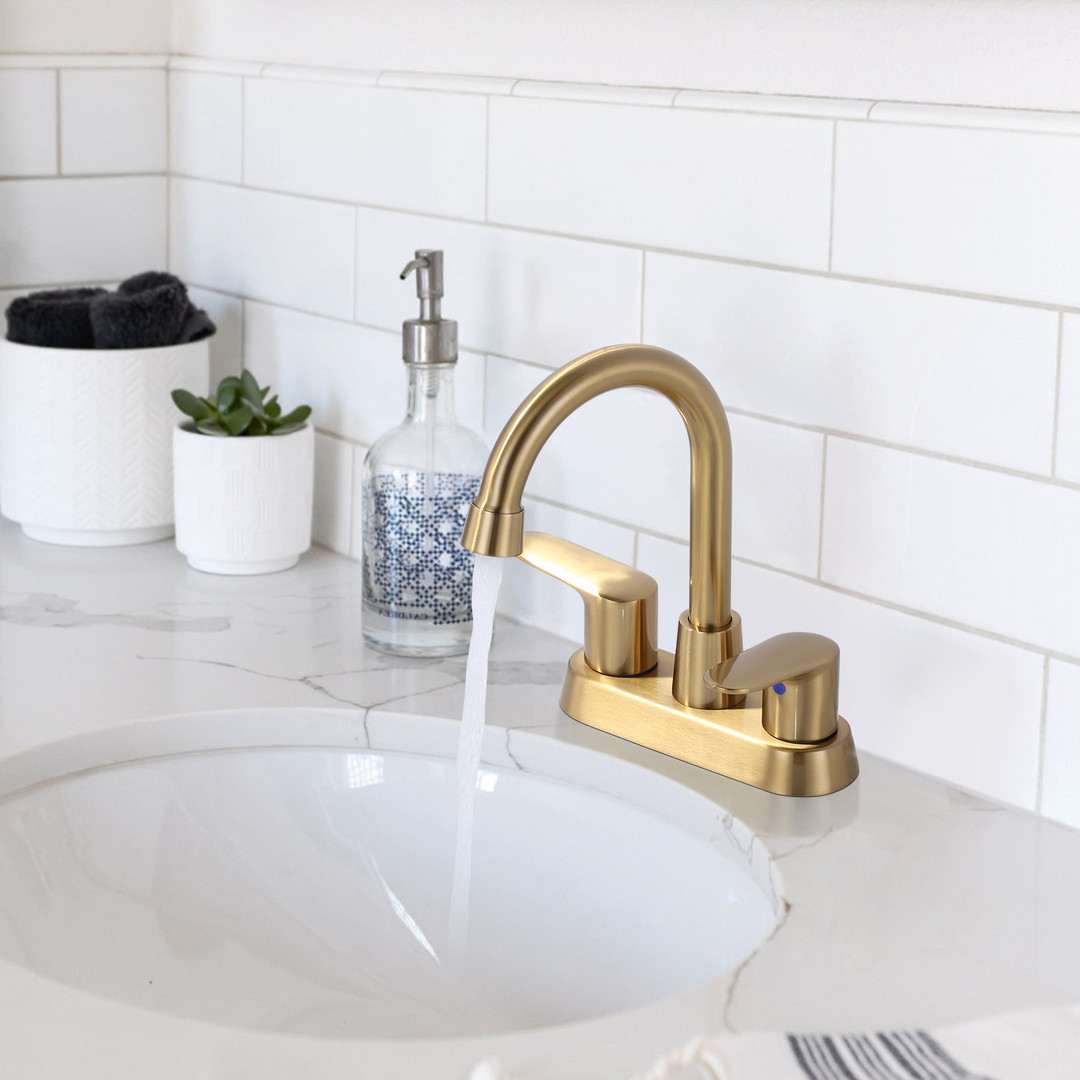
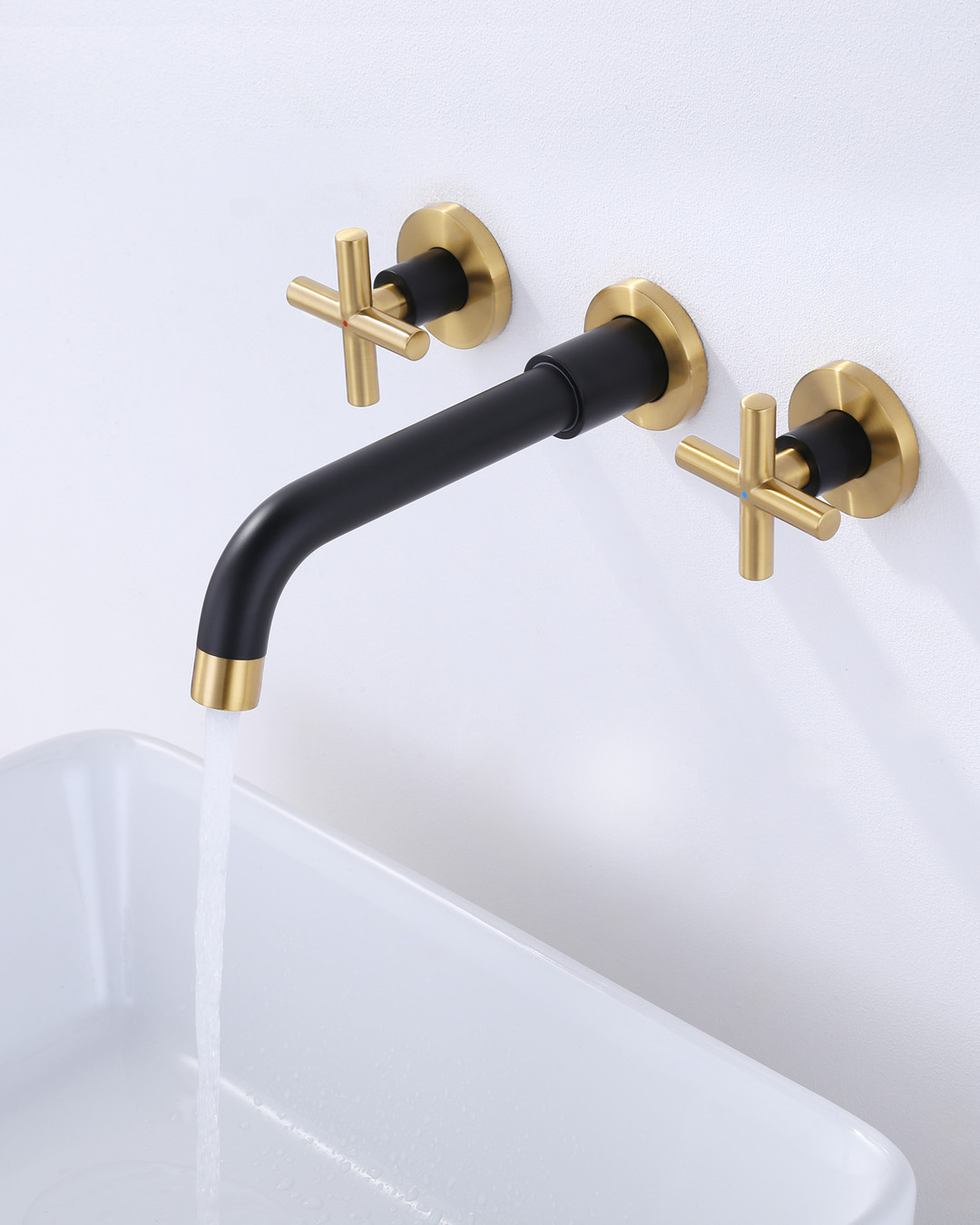
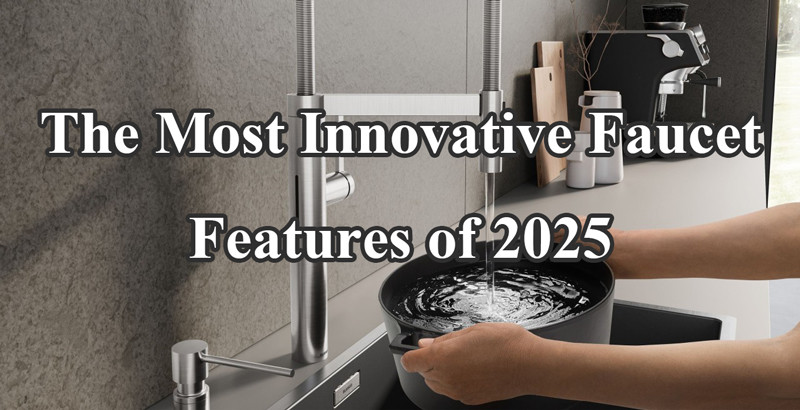

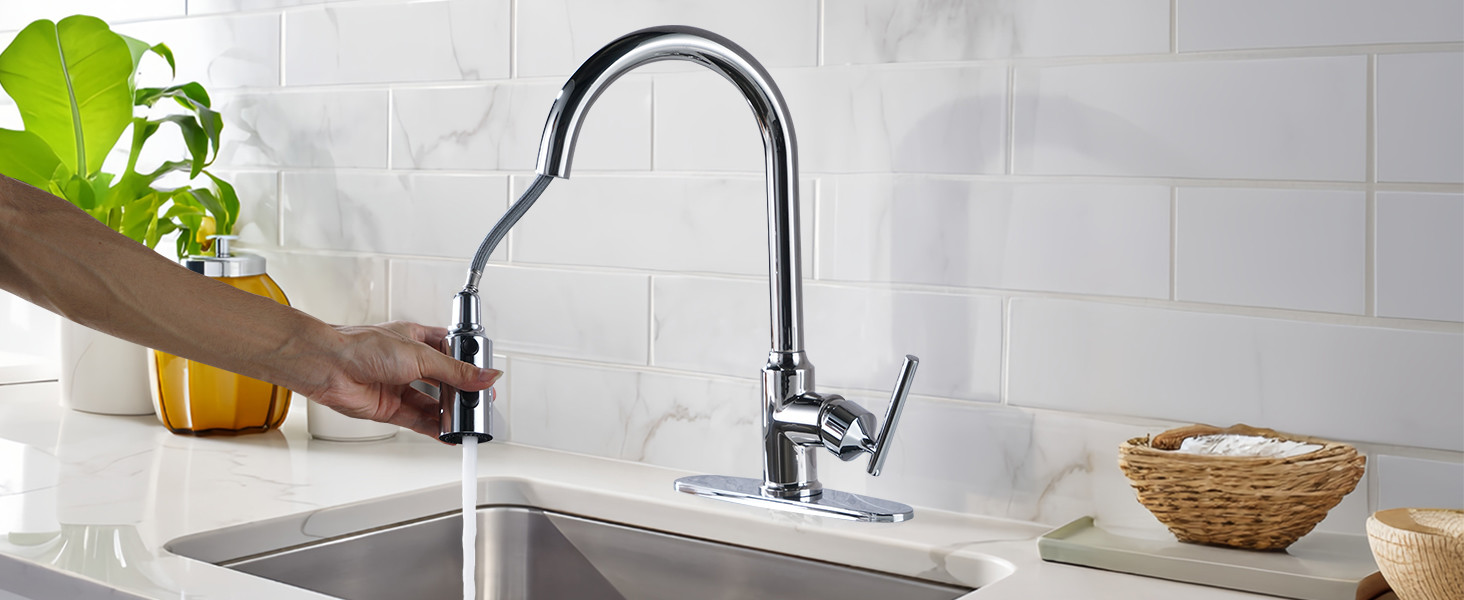

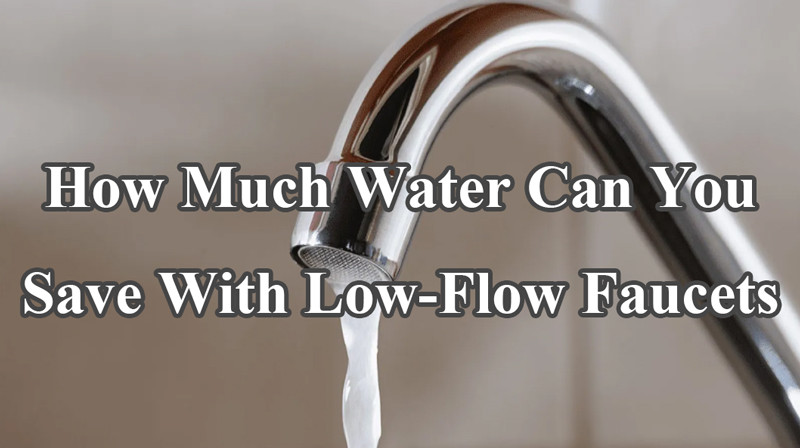
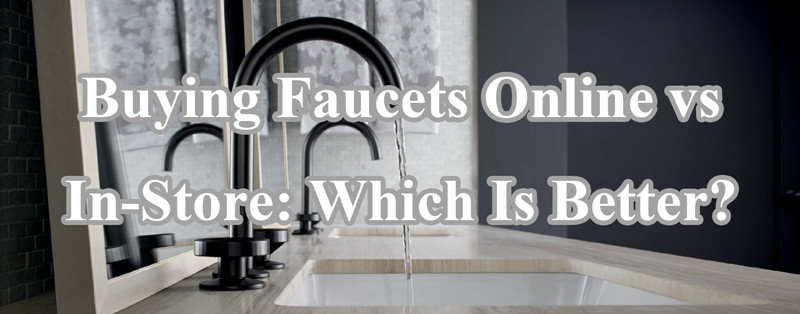
您好!Please sign in